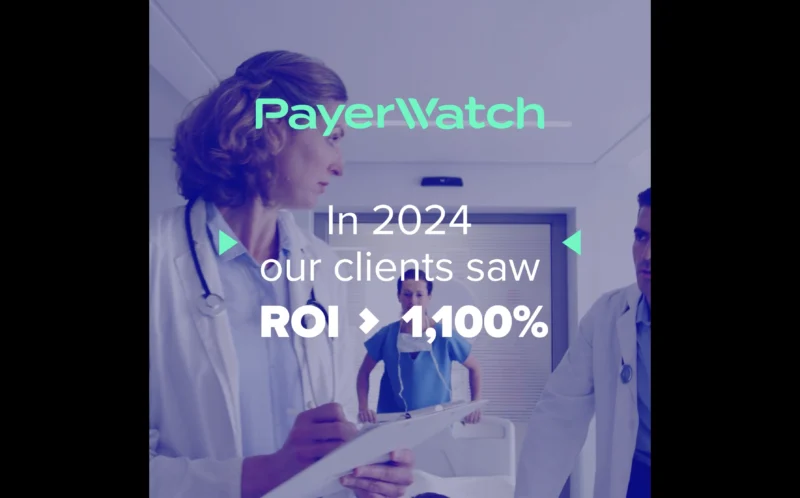What Was Your Impression of How Patients Responded to the Automated Patient Education?
The integration of technology in healthcare has led to significant improvements, particularly in the use of automated education platforms for patients. Surprisingly, elderly patients, including those dealing with serious illnesses like lung and head and neck cancers, have shown great enthusiasm and receptiveness to this new technology. Patients report feeling empowered and informed about their conditions through ongoing remote monitoring and weekly treatment check-ins. Healthcare providers take the time to demonstrate the platform’s functionality, ensuring patients understand its benefits and maintain control over their communication preferences. While there initially was a divide in tech-savviness among different age groups, younger patients readily embrace this mode of communication, and resistance from less technologically adept individuals is expected to diminish over time. Overall, the success and positive experiences shared by patients signal the potential for widespread adoption of automated education in healthcare.




